Ramadan, a holy month of the Muslims is now coming to an end. It’s a month of devotions, a month of consecrations and a month of food fests! Yes, we are all aware of the amazing retreat that occurs every day at every Muslim household, at the time of Sunset – called “IFTYAARI”. However, the end of this holy and festive month is marked by “EID”. While few sects of the Muslim community (Sunnis) await the appearance of moon to mark their EID, there are few sects (Dawoodi Bohra’s) that follow the Islamic Calendar and celebrate this occasion exactly after the completion of 30 days of fast.
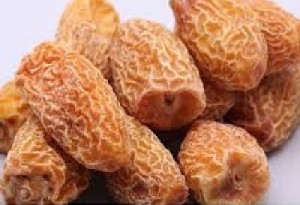 On the eve of EID, preparations are “on-the-go! One of the specialty during the last 2 days is the “Sweet Khaarek”– dried dates filled with different fillings like chocolate, mava (khoa), milkmaid, nuts, etc. They usually break their Roza with these dried dates. On the festive day, the feast start starts after the morning prayers- called “Khutbaa”. A emblematic “EID” festivity will never start without the “Shirkhurma”- a milk and vermicelli preparation, loaded with dried fruits and nuts. You will then see different platters filled with chicken, mutton and beef preparations (Don’t even think of a veg substitutes here!). Grilled chicken/ mutton tikkas, patties, seekh, kebabs, etc. are some of the “EID SPECIALITIES”. Followed by this, you will then be served with a non-veg gravy accompanied by either Tandoori roti’s, Naans, Surmaal, Kulchas, etc. It is then followed by any non-veg rice preparation- mostly chicken or mutton biryani. You can never imagine a Muslim Eid Banquet without “Biryani”! The finale is marked with a serving of any dessert out of the whole range on the table- Rasgullas, kheer, firni, rabdi, malpua, jalebis, etc.
On the eve of EID, preparations are “on-the-go! One of the specialty during the last 2 days is the “Sweet Khaarek”– dried dates filled with different fillings like chocolate, mava (khoa), milkmaid, nuts, etc. They usually break their Roza with these dried dates. On the festive day, the feast start starts after the morning prayers- called “Khutbaa”. A emblematic “EID” festivity will never start without the “Shirkhurma”- a milk and vermicelli preparation, loaded with dried fruits and nuts. You will then see different platters filled with chicken, mutton and beef preparations (Don’t even think of a veg substitutes here!). Grilled chicken/ mutton tikkas, patties, seekh, kebabs, etc. are some of the “EID SPECIALITIES”. Followed by this, you will then be served with a non-veg gravy accompanied by either Tandoori roti’s, Naans, Surmaal, Kulchas, etc. It is then followed by any non-veg rice preparation- mostly chicken or mutton biryani. You can never imagine a Muslim Eid Banquet without “Biryani”! The finale is marked with a serving of any dessert out of the whole range on the table- Rasgullas, kheer, firni, rabdi, malpua, jalebis, etc.
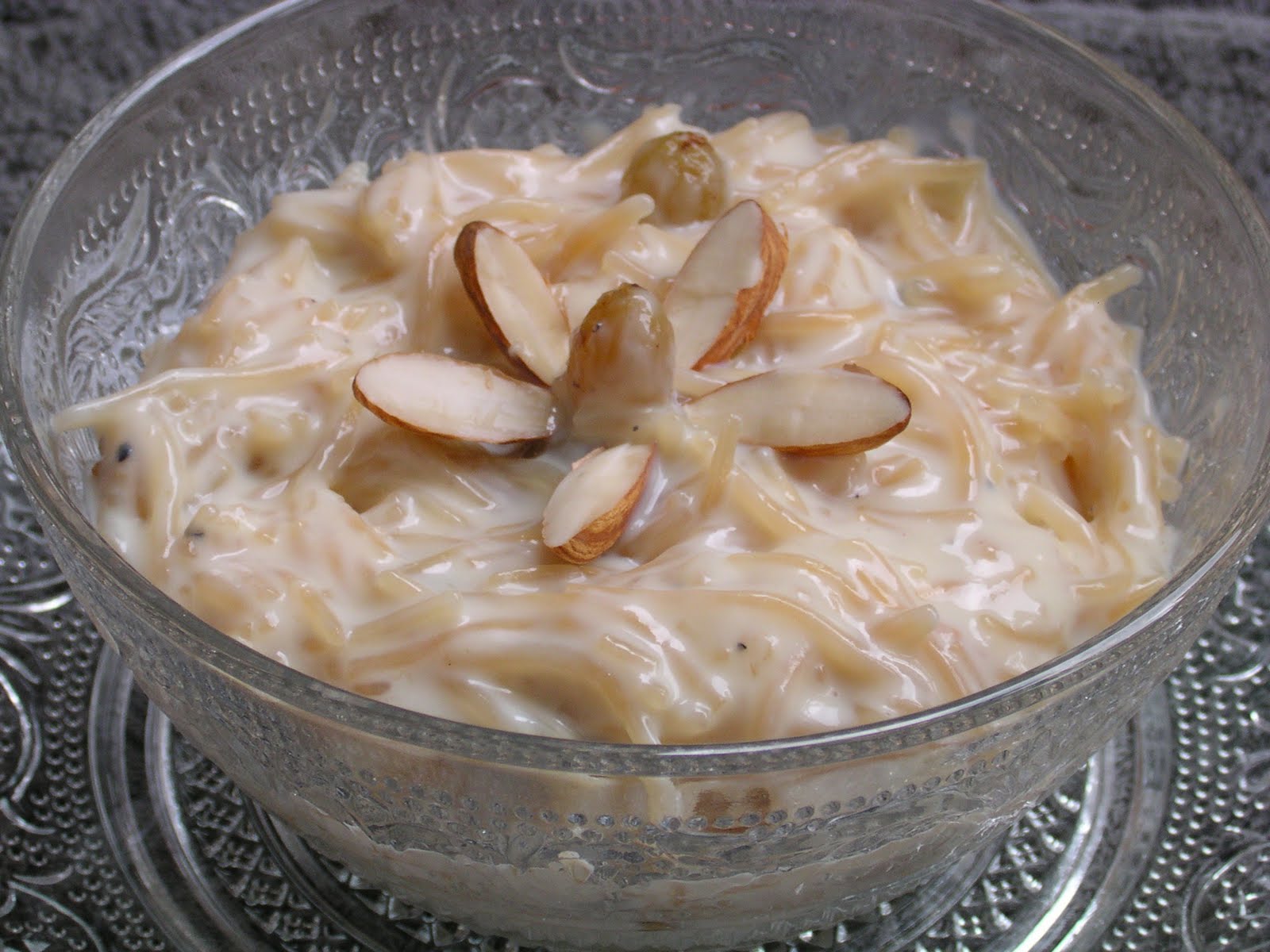
Image Source: hungerlunger.in
Once the feast is over, the most difficult part is the transition from fasting to normal eating. Yes, it is enormously dreary to come back to the normal routine as before Ramadan, especially with food habits. Also, one may observe adverse effects like stomach ache, gastritis, weight fluctuations and heart burn (acidity). Remember, over-eating at Eid and in addition to the previous side effects, one may also experience exhaustion, lethargy and long hours of sleep during this period. Hence, make sure you follow these easy and healthy tips given below. This will ensure a smooth shift to “normal eating”.
- Before your morning prayers, pop in few nuts or dried fruits.
- Keep your breakfast very light and easy in the stomach, at least for the first few days post EID. Few options would be cereal and milk with a banana, bread slice as an open sandwich and low fat milk , etc.
- Try and keep your major meal timings similar to that in Ramadan, like suhoor and iftaar. Gradually change these timings to your regular timings.
- Introduce small mid-meals gradually, consisting of fruits, green ta, buttermilk, nuts, etc.
- Don’t forget, the portion size in a particular meal is equally essential. Stick to small portions to elude unfavorable issues like indigestion and acidity.
- Limit your calorie intake throughout the day. I know that sweets are the “weakest point” during Eid, but you can modify your sweet/ dessert preparations by using low fat OR Fat free milk. Using honey or dates in place of sugar which gives them a better caloric value and a richer taste is also an open option.
So, go ahead and make your EID a lavish one, yet keeping it on the healthier and tastier side. There are various ways to enjoy this jovial occasion, it’s on you to choose to relish it in a “Healthy–way” OR a” Wealthy-way”!
Image Source: www.eid-mubarak-2015.com








































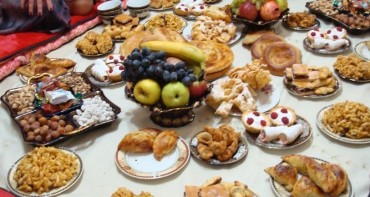











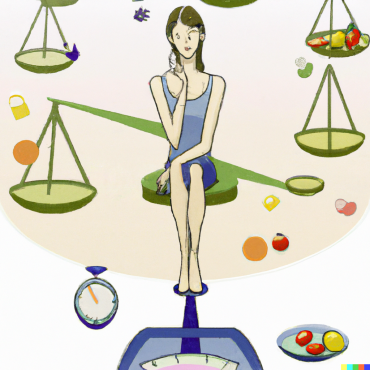
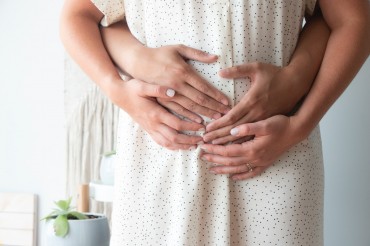

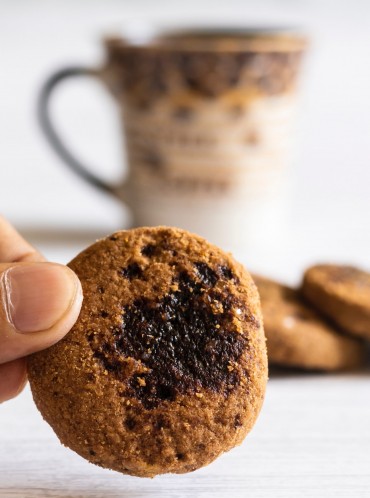

Comments